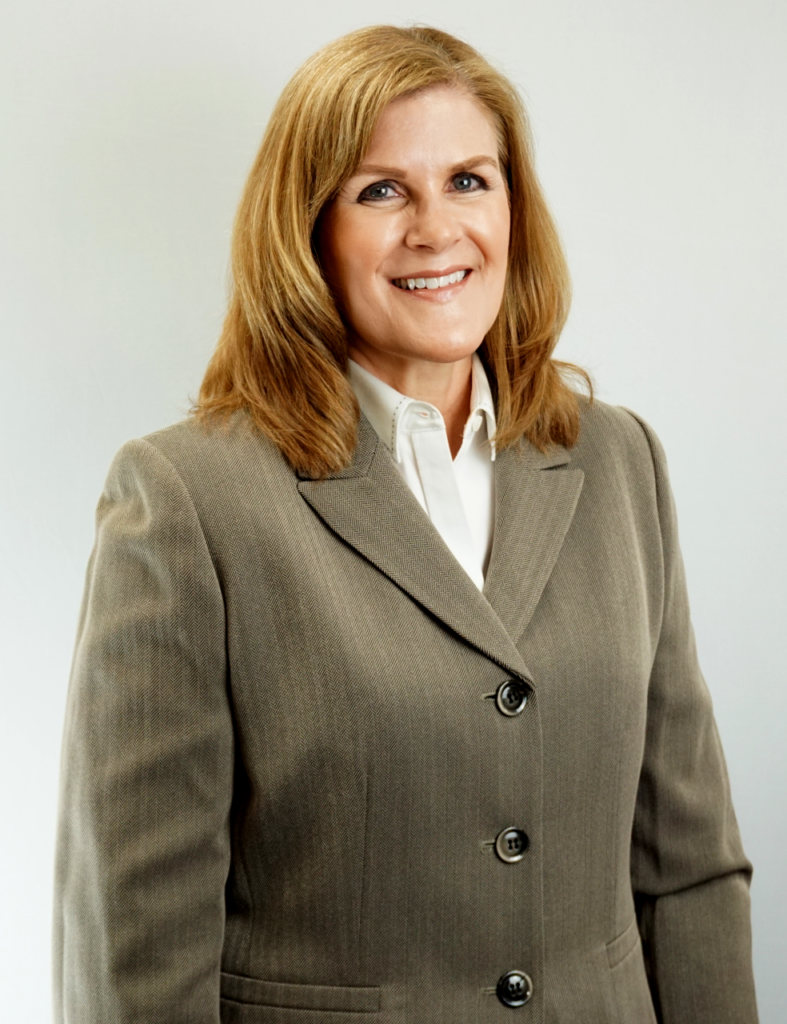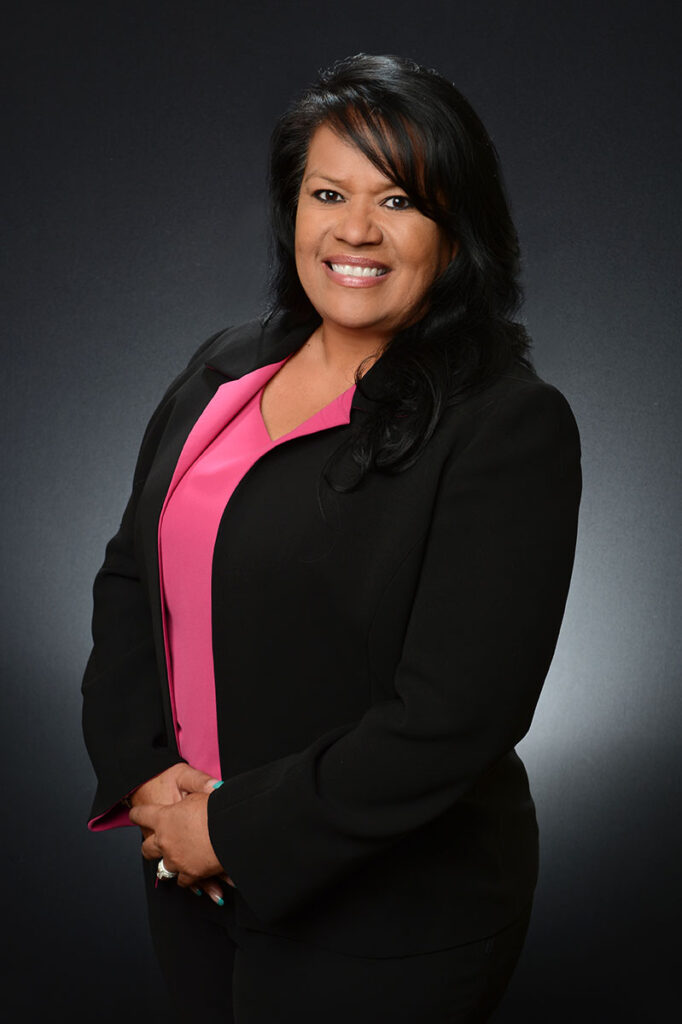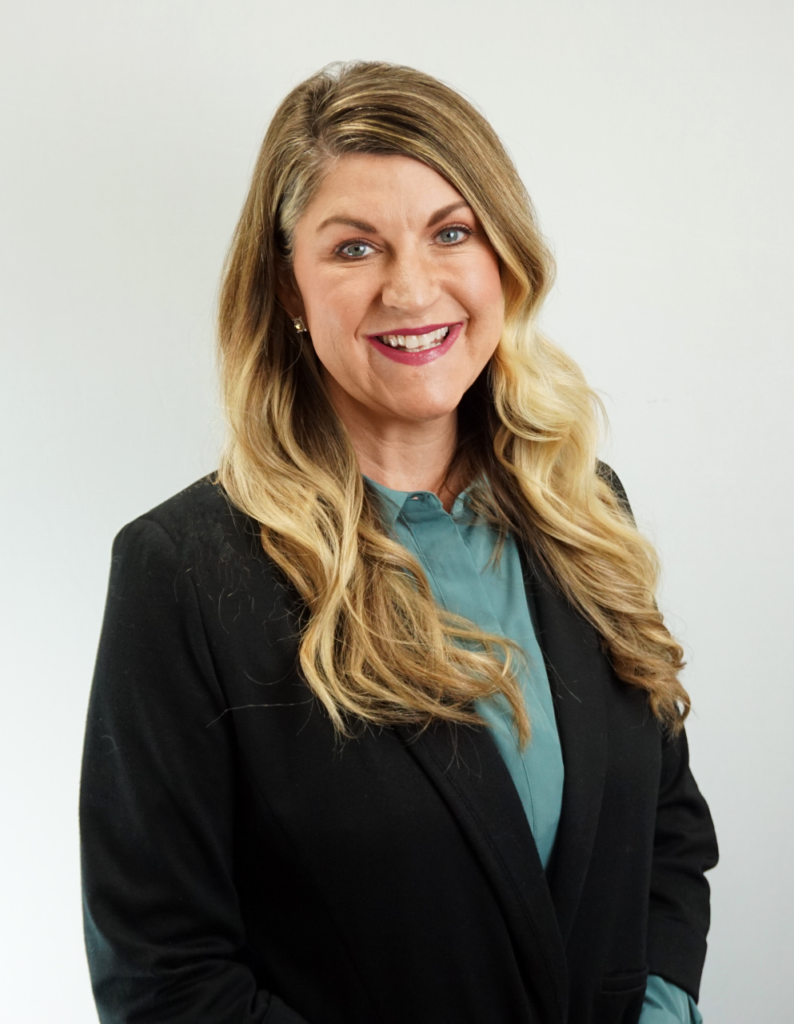
Laurie joined Strategic Income Group in October 2019, bringing decades of experience since starting her career in 1993. Passionate about the financial services industry, she specializes in trust services, investment management, retirement income planning, insurance, and estate planning.

Bob joined the Strategic Income Group team in 2014 and has been a financial planner since 2001. With an inherent desire to provide trusted guidance to people and at the same time create solutions to complex financial matters, becoming a financial planner was a natural path for Bob to follow.

Keri Alcos joined Strategic Income Group as a seasoned financial planner and licensed Medicare specialist with 20+ years in the financial services industry. Keri brings with her the Certified Wealth Strategist ® designation and she is also a Licensed Medicare Agent.

Chad has been with Strategic Income Group since 2013 and has more than a decade of experience as a financial planner. As a CERTIFIED FINANCIAL PLANNER™ professional, he has developed a passion for helping people reach their financial potential and serves as a trusted advocate for his clients.
[ameliaemployeepanel version=1 appointments=1 events=1]
We’re sad to see you go, if you click this by accident it’s not too late to click off the pop-up and continue shopping or exploring controlp.io
🔵 Phase III
301 - Retirement Planning & Income Distribution (Basic Level)
Core retirement planning principles, Social Security strategies, and tax-efficient withdrawal plans.
302 - Advanced Strategies in Retirement & Generational Wealth (Advanced Level)
Estate planning, charitable giving, Roth conversions, and sustainable retirement income planning.
303 - High-Level Legacy, Business Succession & Tax Optimization (Pro Level)
Ultra-high-net-worth legacy structuring, business exits, dynasty trusts, and tax minimization strategies.
🟡 Phase II
201 - Introduction to Investing & Wealth Growth (Basic Level)
Understanding investment vehicles, diversification, risk management, and setting long-term financial goals.
202 - Optimizing Wealth Through Smart Investing (Advanced Level)
Portfolio optimization, tax-efficient investing, passive income strategies, and private investment fundamentals.
203 - Maximizing Returns & Private Market Strategies (Pro Level)
High-net-worth investing strategies, hedge funds, private equity, and venture capital opportunities.
🟢 Phase I
101 - Financial Stewardship & Money Management (Basic Level)
Fundamental financial principles, budgeting, debt elimination, and the mindset of stewardship.
102 - Building a Strong Financial Foundation (Advanced Level)
Expands on core financial principles with cash flow planning, emergency fund structuring, and insurance basics.
103 - High-Level Financial Structuring & Risk Management (Pro Level)
Advanced risk management strategies, foundational estate planning, and long-term wealth preservation fundamentals.
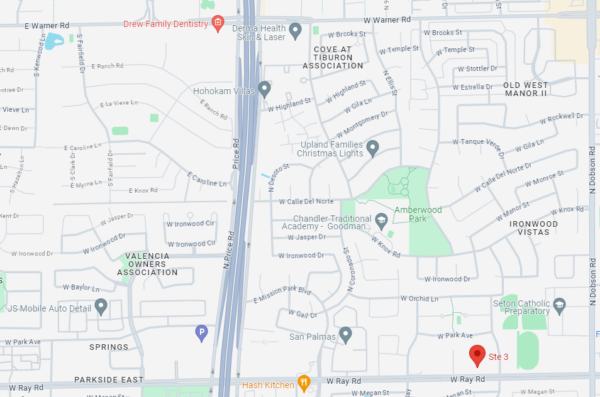
I will help save and make my clients money today than they had yesterday.
Label


| Quarter | Media | Author | Report |
|---|---|---|---|
| Q1 |  | Keri Alcos | Report Name / Date |
| Q2 |  | Michael Gauthier | Report Name / Date |
| Q3 |  | Keri Alcos | Report Name / Date |
| Q4 |  | Michael Gauthier | Report Name / Date |
Schedule a call with one of our financial planners to learn more.
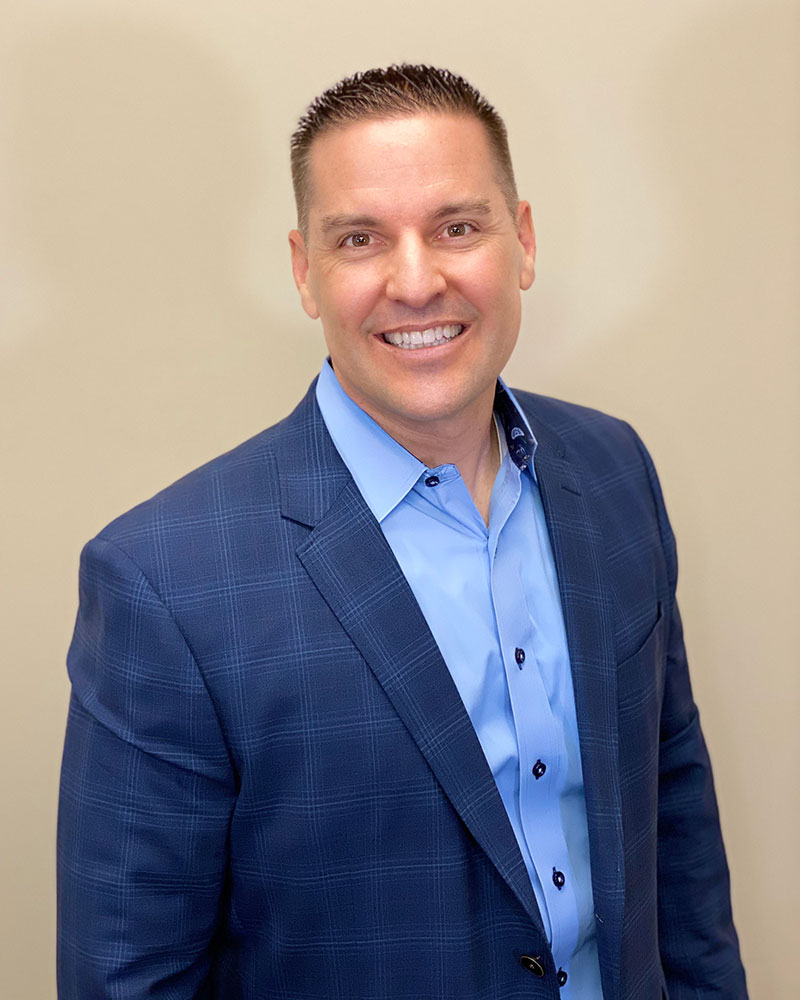
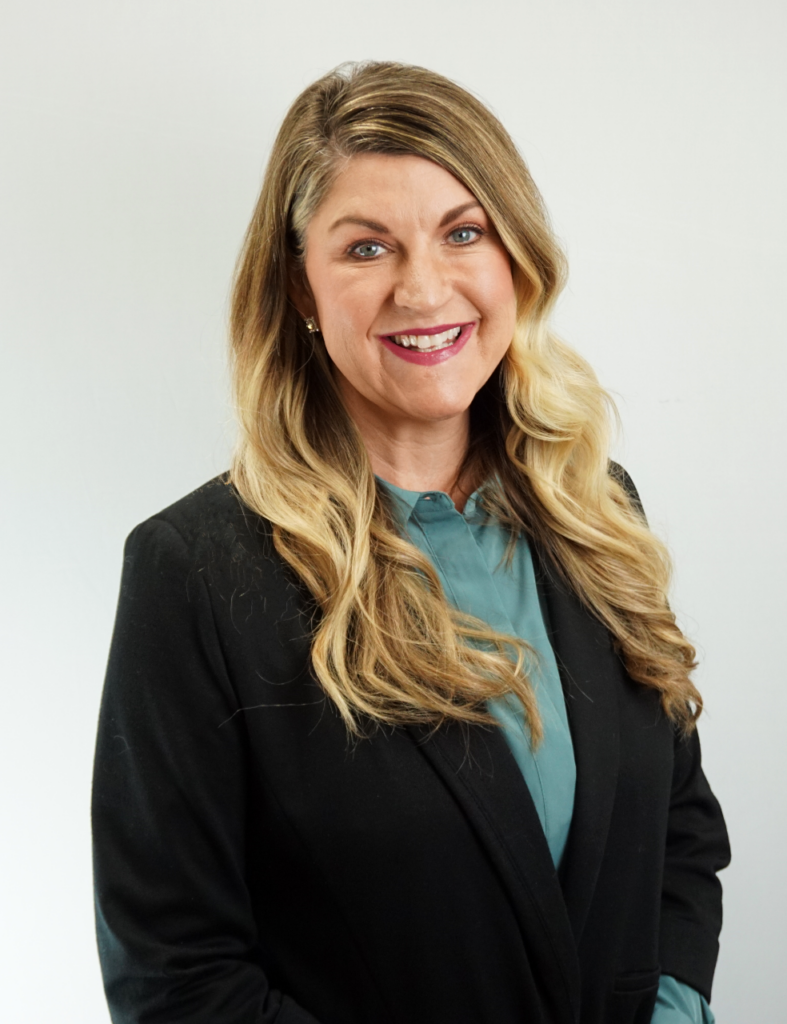


This is just placeholder text. Don’t be alarmed, this is just here to fill up space since your finalized copy isn’t ready yet. Once we have your content finalized, we’ll replace this placeholder text with your real content.
Sometimes it’s nice to put in text just to get an idea of how text will fill in a space on your website.
Traditionally our industry has used Lorem Ipsum, which is placeholder text written in Latin. Unfortunately, not everyone is familiar with Lorem Ipsum and that can lead to confusion. I can’t tell you how many times clients have asked me why their website is in another language!
There are other placeholder text alternatives like Hipster Ipsum, Zombie Ipsum, Bacon Ipsum, and many more. While often hilarious, these placeholder passages can also lead to much of the same confusion.

